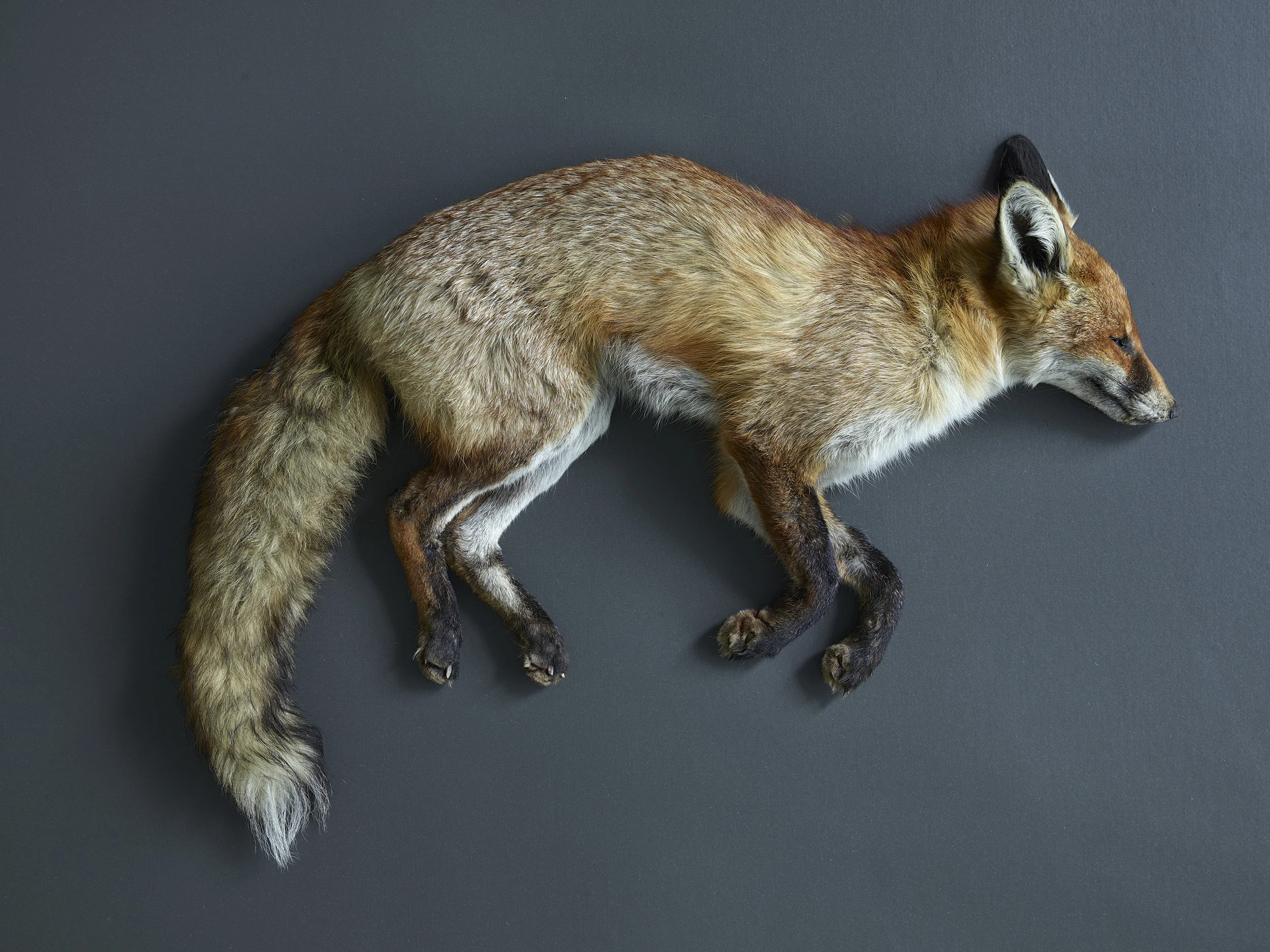Michelangelo Pistoletto
Scaffali
Luhring Augustine
New York, 531 West 24th Street
Michelangelo Pistoletto is a founding father of the Arte Povera movement and widely regarded as one of the most influential artists of his generation. For over half a century, Pistoletto has sought to merge art and life through sculptural installations, experimental performances, and, most famously, his iconic mirror paintings, which serve as the foundation of his artistic practice. Comprised of photo-silkscreened images on highly polished stainless steel, these signature works were developed in 1962 and represent the artist’s dual interest in conceptualism and figuration. By working with a reflective surface, Pistoletto enables the viewer to become an integral part of the piece while the subject of the work is drawn into the activity of the gallery space.
Michelangelo Pistoletto Scaffali – contenitori in plastica, con secchio giallo, 2015 Silkscreen on super mirror polished stainless steel. © Michelangelo Pistoletto; Courtesy of the artist, Luhring Augustine, New York, Galleria Christian Stein, Milan, and Simon Lee Gallery, London / Hong Kong.
Scaffali, the Italian word for shelves, brings together a selection of recent mirror paintings whose portrayal of industrial storage units presents a tension between the aesthetic and utilitarian. Among the objects depicted are tools and vessels belonging to various trades, including paint canisters, camera lenses, and automotive parts. While Pistoletto has typically relied on the mirror’s reflective surface to seamlessly integrate pictorial space with the physical space of the viewer, the Scaffali paintings appear to complicate this relationship. The shelves allude to notions of dormancy and stasis, and, as photographic images, they are also emblematic of a fixed time and place. By contrast, the mirror’s reflection of the present moment and its unique capacity to introduce endlessly fluctuating content challenges the inherent stability imposed by the shelf’s frame. As the shelves occupy the majority of the picture plane, thereby minimizing the viewer’s participation, the Scaffali paintings foreground their object-like status and command a strong sculptural presence.
On view through December 22, 2017







